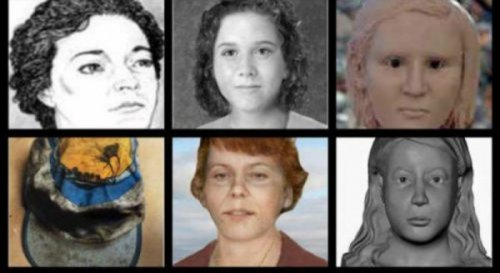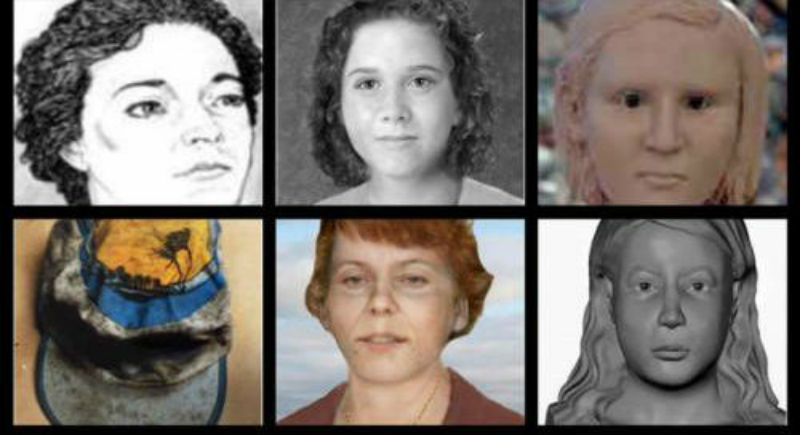Story by Chris Eberhart • 3h
Agroup of Tennessee high school students cracked an infamous
‘80s cold case — the "Redhead Murders" — after law enforcement task forces hit decades’ of dead ends.
Up to 14 bodies of young, White women with red or reddish hair were dumped along highways in a relatively small radius
in Tennessee, Kentucky and other neighboring states between 1983 and 1985.
The peculiar details were more than a coincidence, and fears of a hunting killer sparked the creation of a multi-state
law enforcement task force in 1985, but the investigation didn't bear any fruit.
The case seemed hopeless, and the killer (or killers) would become a faceless boogeyman until 2018, when 20 students from Elizabethton High School connected at least six of the victims to a man they called the "Bible Belt Strangler" for a class project.
Five of those women have since been identified as Lisa Nichols, Michelle Inman, Tina McKenney-Farmer, Elizabeth Lamotte and Tracy Walker. One remains unidentified.
The students believed they were all killed by the "Bible Belt Strangler," compiled a profile of him and identified one of the victims as McKenney-Farmer in 2018.
Her identification was a key piece of information that revived
an investigation that seemingly flatlined and led investigators to convicted felon Jerry Johns, who died three years earlier in a Kentucky prison during his sentence for strangling a prostitute.
The Tennessee Bureau of Investigation (TBI) said detectives came across "a blog post" about McKenney-Farmer, who matched the description of a
missing Indiana woman found in Campbell County, Tennessee.
She was positively identified through fingerprinting.
Sociology and history teacher Alex Campbell, who gave the students the assignment, told
the New York Post his students "never cease to impress me."
"My students have never, ever disappointed me. I’ve given them some very hard things to do," Campbell told the newspaper. "But when they know they’re helping people, they work very hard."
What impressed him the most, he told the Post, was their empathy for the victims, who they called their "six sisters."
That's how students continued to refer to women in their new 10-episode podcast called Murder 101, which debuted in early January and shared how they gathered their evidence and put the pieces of the puzzle together.
Law enforcement and prosecutors solidified Johns as the culprit, even though he died in a
Kentucky prison in 2015, where he was serving time for strangling a prostitute.
Prosecutors convened a grand jury and presented the evidence. If Johns were still alive, he would have been indicted on
first-degree murder for McKenney-Farmer's death, the TBI said in a December 2019 statement.
"While I am extremely disappointed that this case has not ended in the prosecution of Jerry Johns, I am pleased that this investigation has answered questions for Ms. Farmer’s family that heretofore had gone unanswered for over 34 years," District Attorney General Jared Effler said in a 2019 statement.
TBI Director David Rausch said he wanted this case to "provide hope for other families in our state who are still waiting for answers."
"Our team will never give up on
unsolved cases like this one as long as there are viable leads to follow," Rausch said.




